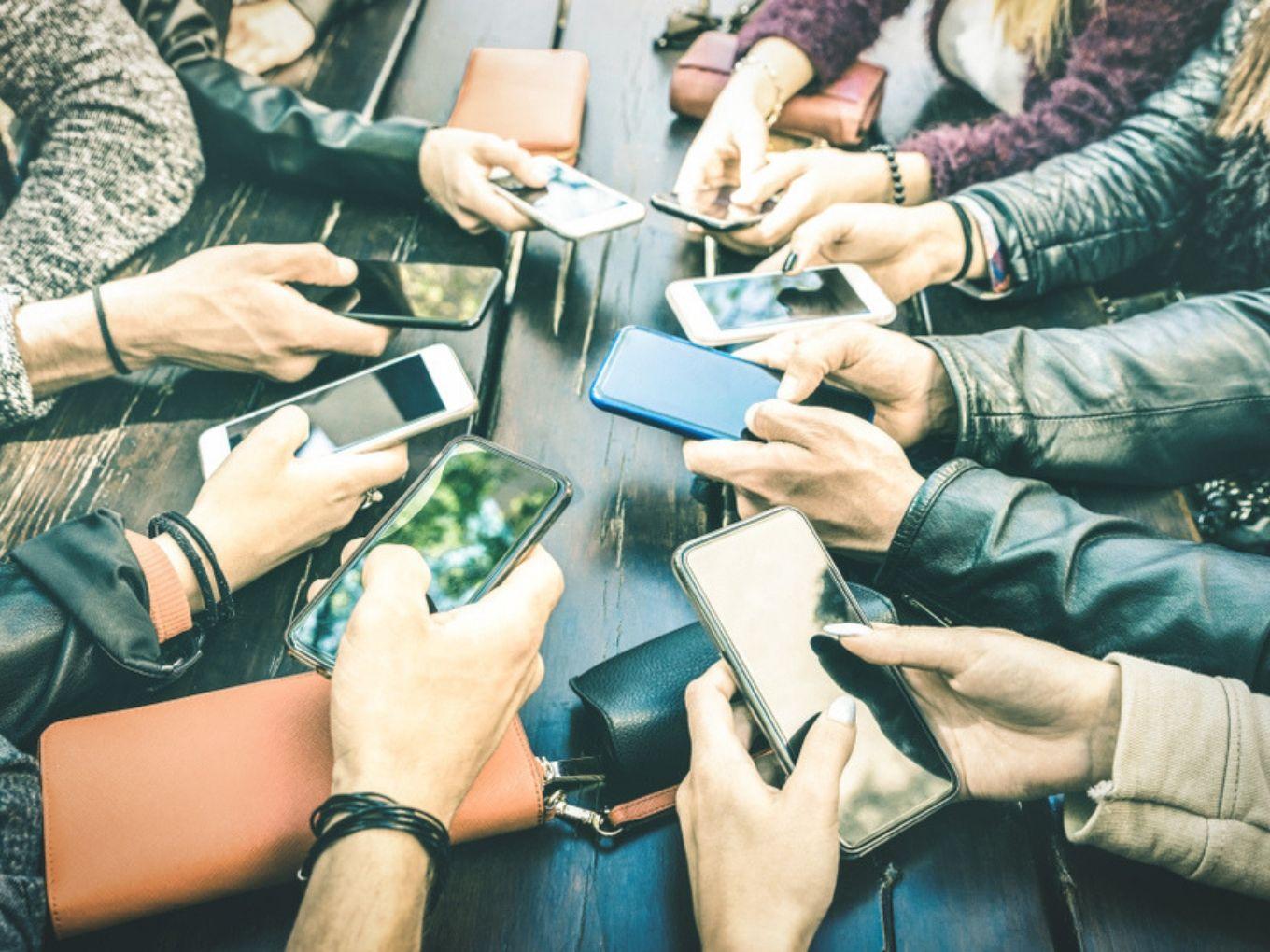A Roller Coaster Year for Smartphones
As we bid farewell to 2016, the smartphone market has left us with plenty to reflect on. In a year described as a “roller coaster” by IDC, global smartphone growth slowed to just 2.3%, a significant drop from the robust 10.4% seen in 2015. For the first time since its inception in 2007, Apple’s iPhone saw a full year of declining shipments. Meanwhile, Samsung grappled with its own challenges, including the widely publicised Galaxy Note7 recall.
Apple’s Mixed Results
Apple ended 2016 with 215 million iPhones shipped globally, a 7% decline from 2015. Despite this, the Cupertino-based giant managed a strong fourth quarter, shipping 78.3 million iPhones, its best quarter ever and a 4.7% increase over Q4 2015. The iPhone 7 and 7 Plus were key drivers, especially in established markets like the U.S. and Australia, where the brand’s loyal customer base remains strong.
While Apple’s premium features like the A10 Fusion chip, water resistance, and dual cameras on the iPhone 7 Plus were well-received, 2016 highlighted the intense competition it faces from other manufacturers. Still, optimism remains high for 2017, with the anticipated 10th-anniversary iPhone expected to reignite growth.
Samsung’s Challenges
Samsung retained its title as the world’s top smartphone vendor in 2016, shipping 311 million units globally. However, the year wasn’t without its struggles. The Galaxy Note7’s overheating battery debacle dominated headlines and impacted the company’s reputation. Despite this setback, Samsung’s Galaxy S7 and S7 Edge were standout successes, praised for their design, water resistance, and excellent cameras. The fourth quarter saw Samsung ship 77.5 million units, narrowly missing out on the top spot to Apple for the quarter.
Huawei’s Continued Rise
While Apple and Samsung faced declines, Huawei continued its ascent, shipping 139 million smartphones in 2016, a 30% year-over-year increase. The fourth quarter marked a milestone for Huawei, as it captured double-digit global market share for the first time at 10.6%. Huawei’s focus on high-quality yet affordable devices has resonated well with consumers in both emerging and mature markets. Its flagship devices, such as the P9 series, have helped position Huawei as a legitimate contender in the premium segment.
Oppo and Vivo: Rising Stars
Chinese manufacturers Oppo and Vivo emerged as two of the fastest-growing smartphone brands in 2016, with shipment growth exceeding 100%. Oppo’s focus on camera-centric phones and aggressive marketing strategies, particularly in India and Southeast Asia, paid off handsomely. Vivo’s strong performance came from its innovative features and competitive pricing, which appealed to budget-conscious buyers.
A Snapshot of Smartphones in Australia
For Australian consumers, 2016 offered an exciting mix of devices across various price points. While Apple and Samsung remain dominant, brands like Huawei, Oppo, and Vivo are gaining traction, offering high-quality alternatives at competitive prices.
Summary of Smartphone Categories and Highlights for 2016
Premium Smartphones:
- Samsung Galaxy S7 ($1,149): Exynos 8890 Octa-core processor / Snapdragon 820, 4GB RAM, 5.1-inch Super AMOLED display, 12MP Dual Pixel rear camera, 5MP front camera, Water resistance, expandable storage, Always-on display.
- Samsung Galaxy S7 Edge ($1,249): Exynos 8890 Octa-core processor / Snapdragon 820, 4GB RAM, 5.5-inch curved Super AMOLED display, 12MP Dual Pixel rear camera, 5MP front camera, Water resistance, expandable storage, Always-on display.
- Apple iPhone 7 ($1,079): Apple A10 Fusion chip, 2GB RAM, 4.7-inch Retina HD display, 12MP rear camera, 7MP front camera, Water resistance, no headphone jack.
- Apple iPhone 7 Plus ($1,269): Apple A10 Fusion chip, 3GB RAM, 5.5-inch Retina HD display, Dual 12MP rear cameras (wide and telephoto), 7MP front camera, Water resistance, Portrait mode, no headphone jack.
- LG G5 ($1,099): Qualcomm Snapdragon 820, 4GB RAM, 5.3-inch IPS LCD with Quad HD resolution, Dual 16MP rear cameras (standard and wide-angle), 8MP front camera, Modular design with swappable accessories.
- HTC 10 ($999): Qualcomm Snapdragon 820, 4GB RAM, 5.2-inch Super LCD5 with Quad HD resolution, 12MP rear camera with laser autofocus, 5MP front camera, Hi-Res audio, BoomSound speakers.
- Sony Xperia XZ ($999): Qualcomm Snapdragon 820, 3GB RAM, 5.2-inch IPS LCD with Full HD resolution, 23MP Motion Eye rear camera, 13MP front camera, Water resistance, Predictive Hybrid Autofocus.
Mid-Range Smartphones:
- Motorola Moto G4 Plus ($399): Qualcomm Snapdragon 617, 2GB/4GB RAM, 5.5-inch IPS LCD with 1080p resolution, 16MP rear camera with laser autofocus, 5MP front camera, Fingerprint sensor, fast charging.
- Samsung Galaxy A5 (2016) ($599): Exynos 7580 Octa-core processor, 2GB RAM, 5.2-inch Super AMOLED with 1080p resolution, 13MP rear camera with OIS, 5MP front camera, Metal and glass design, fingerprint sensor.
- OPPO F1s ($399): MediaTek MT6750, 3GB RAM, 5.5-inch IPS LCD with 720p resolution, 13MP rear camera, 16MP front camera, “Selfie Expert” features, fast fingerprint sensor.
Budget Smartphones:
- Motorola Moto G4 Play ($229): Qualcomm Snapdragon 410, 2GB RAM, 5.0-inch IPS LCD with 720p resolution, 8MP rear camera, 5MP front camera, Affordable price, long battery life.
- Huawei Y6 II Compact ($199): HiSilicon Kirin 620, 2GB RAM, 5.0-inch IPS LCD with 720p resolution, 8MP rear camera, 2MP front camera, Compact design, affordable price.
- OPPO A39 ($299): MediaTek MT6750, 3GB RAM, 5.2-inch IPS LCD with 720p resolution, 13MP rear camera, 5MP front camera, Slim design, decent battery life.
As we move into 2017, the smartphone market promises to remain dynamic. With the upcoming 10th anniversary iPhone and Samsung’s Galaxy S8 on the horizon, consumers can expect a new wave of innovation. The rise of Chinese brands like Huawei, Oppo, and Vivo underscores the increasing competition in the market, offering Australian consumers more choice than ever before.



